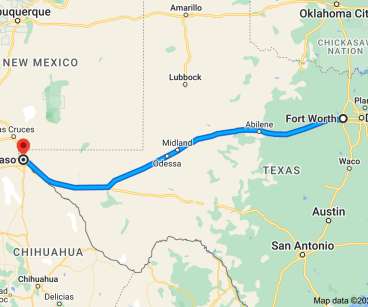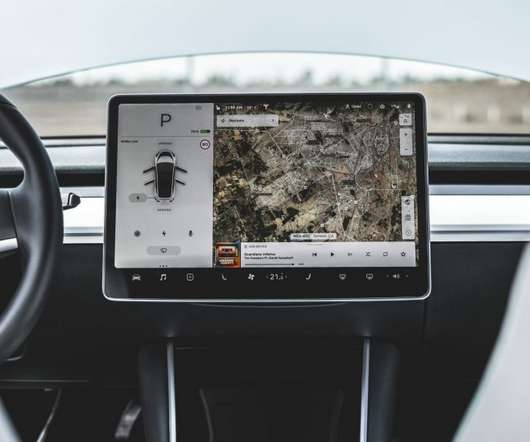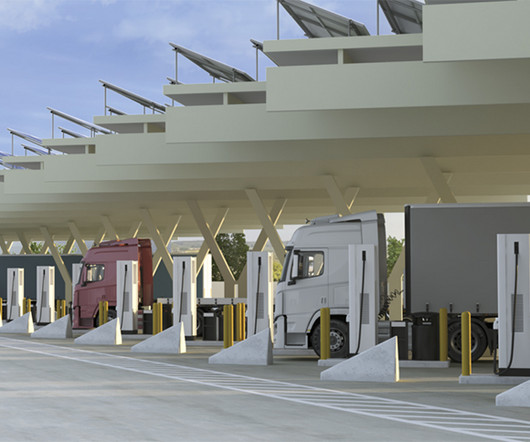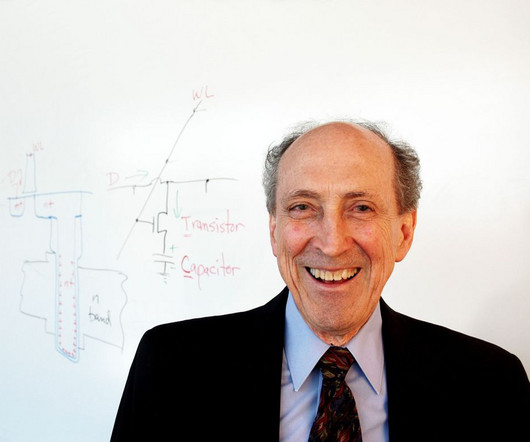Werner piloting Aurora’s autonomous trucks on 600-mile route in Texas
Green Car Congress
APRIL 7, 2022
Starting this week, Aurora Driver-powered trucks are hauling loads between Fort Worth and El Paso on behalf of Werner. Introducing an autonomous route between Fort Worth and El Paso allows Werner to move freight seamlessly and reliably on a subset of one of its most voluminous lanes.


















Let's personalize your content